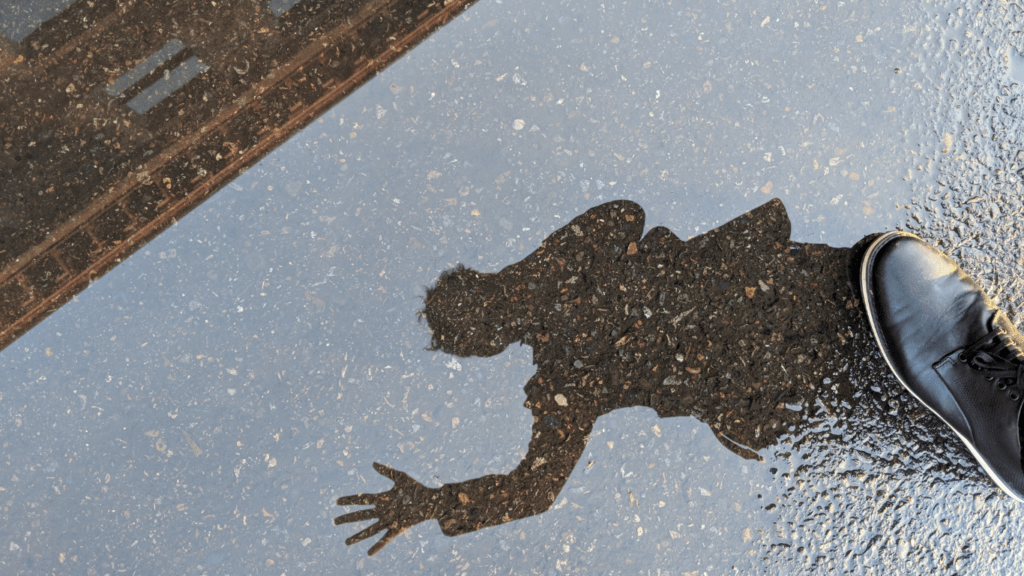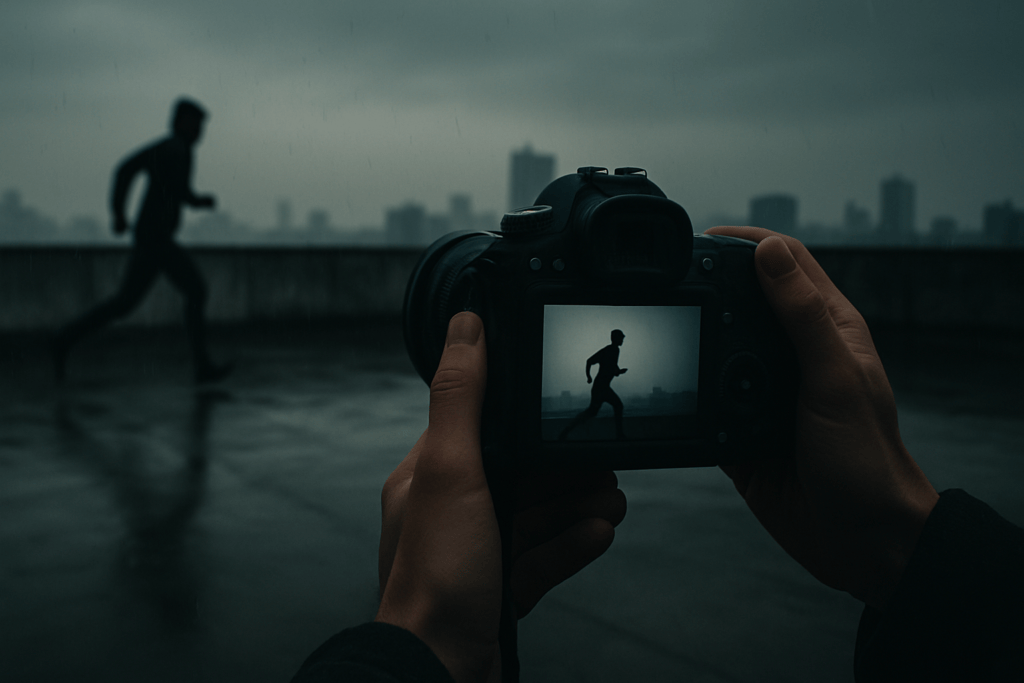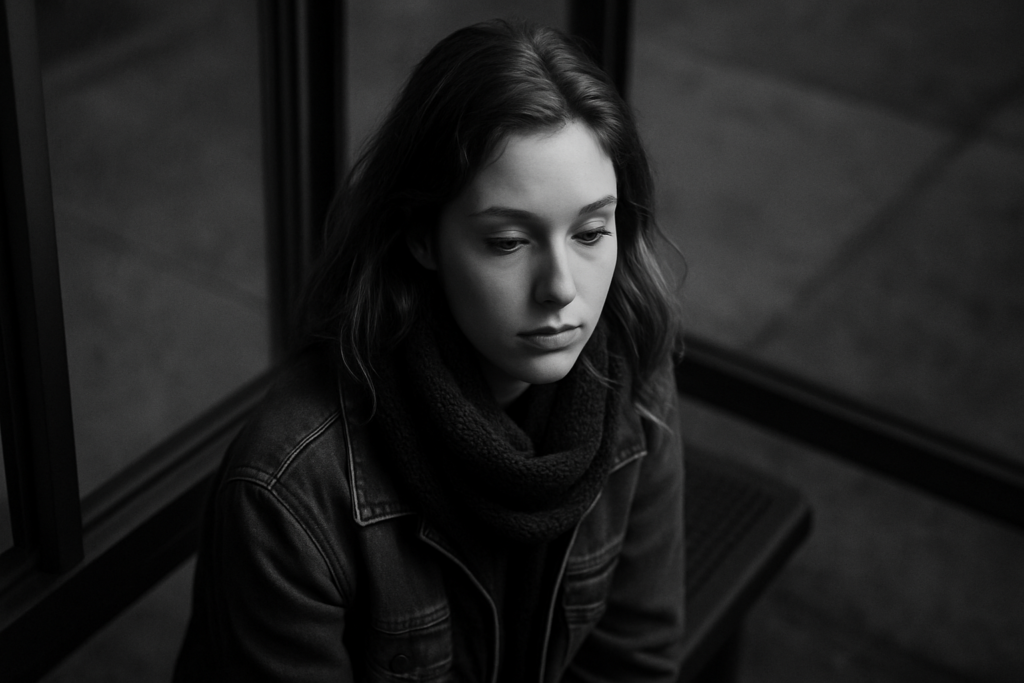I’ve always been fascinated by the way light and perspective can transform an ordinary scene into something extraordinary. Reflections, shadows, and silhouettes aren’t just visual elements—they’re powerful tools that can add depth, drama, and intrigue to any creative project. Whether you’re capturing a photo, designing graphics, or even decorating a space, these effects can completely change how your work is perceived.
Overview Of Reflections, Shadows, And Silhouettes
Reflections, shadows, and silhouettes serve as essential tools to enhance visual storytelling. Each element plays a unique role in creating depth, contrast, and mood. By understanding their characteristics, I can use them creatively across various mediums.
- Reflections provide mirrored visuals that add symmetry and balance. Surfaces like water, glass, or polished metal are common examples that create striking duplicates of the subjects they reflect. Capturing reflections enhances composition by introducing layers or highlighting surroundings.
- Shadows introduce contrast by casting darkened shapes that emphasize form and texture. Hard shadows, resulting from direct light sources like the sun, create sharp lines, while soft shadows, formed under diffused lighting like cloudy skies, convey subtler transitions.
- Silhouettes rely on backlighting to outline subjects against brighter backgrounds. Silhouettes strip away details, focusing solely on the subject’s shape, which evokes mystery, drama, or emotion. Examples include sunsets where objects appear as dark outlines against colorful skies.
Learning how to manipulate these elements empowers me to transform simple scenes into visually compelling creations.
Highlights Of The Book
This book dives into the art of using reflections, shadows, and silhouettes to create striking visual effects. It simplifies the concepts, making them accessible to both beginners and experienced creatives.
Key Topics Covered
The book covers how to identify and utilize reflections to enhance compositions. It explains techniques for capturing symmetry, layering, and environmental details to create balanced visuals.
It focuses on shadows as tools to emphasize depth, form, and texture. Readers discover how to manipulate light angles to produce either soft transitions or stark contrasts, enriching the scene’s complexity.
Silhouettes are explored as storytelling devices. The author illustrates how to use backlighting to highlight shape and evoke emotion, helping subjects stand out against their backgrounds.
Writing Style And Approach
The writing remains clear and concise, ensuring concepts are easy to understand. Step-by-step techniques guide readers without technical jargon, fostering a practical learning experience.
The approach blends theory with actionable advice. Visual examples demonstrate techniques, helping readers grasp the principles while inspiring creative experimentation.
Practical Applications Explained

Reflections, shadows, and silhouettes can elevate creative projects with practical yet visually stunning effects. I’ll walk through accessible techniques under each category to simplify their use in your work.
Creating Reflections
Capturing reflections requires identifying smooth or shiny surfaces like:
- water
- glass
- polished floors
I align the subject with these surfaces to create balanced compositions, ensuring the reflected image enhances the visual appeal. In photography, I adjust angles to maximize reflection clarity while avoiding glare. For digital design, I use editing tools like layer masks to produce mirror-like effects that blend seamlessly into the work.
Crafting Shadows
Shadows bring dimension and mood to creative pieces. I manipulate light direction and intensity to control shadow length and sharpness, using softer light for subtle gradients or sharp light for crisp outlines. For graphic design, I layer shadows beneath objects to add depth and realism, ensuring their angle matches the main light source. When working indoors, I experiment with artificial lighting to craft dramatic shadow effects.
Designing Silhouettes
Silhouettes convey stories through simple shapes. I position subjects against bright, uniform backdrops like sunsets or illuminated walls to emphasize their form. In photography, I underexpose shots to darken subjects while keeping the background luminous. For digital art, I use solid black overlays and contrast with vibrant colors for striking results. These methods let me highlight shapes without focusing on details, creating impactful visual narratives.
Areas For Improvement
Limited Focus on Advanced Techniques
The content provides fundamental strategies for working with reflections, shadows, and silhouettes but lacks depth in advanced techniques. For example, it could explore dynamic lighting setups, such as colored gels or high-speed photography, to push creative boundaries. Including these methods would help users looking to expand beyond basic effects.
Insufficient Attention to Digital Tools
There’s minimal discussion on leveraging digital tools like Photoshop or Illustrator to refine visual effects. These tools can elevate outcomes, for instance, by fine-tuning shadows or enhancing reflections through gradient layers and masking. Adding software-based approaches would benefit creators aiming to integrate analog and digital methods.
Missing Examples of Diverse Applications
The examples predominantly focus on photography, leaving little guidance for other fields like videography or virtual environments. Including case studies, such as silhouettes in character design for animation or shadows in game background art, could attract readers from broader creative industries.
Lack of Troubleshooting Advice
Challenges such as uneven reflections, distorted shadows, or poorly defined silhouettes aren’t addressed in detail. Detailed troubleshooting tips, like reducing glare on reflective surfaces or correcting overexposed backgrounds, would offer practical value to users navigating real-world issues.
Limited Exploration of Artistic Intent
The discussion minimally connects these elements to artistic storytelling or emotional resonance. For example, expanding on how silhouettes evoke suspense or how shadows can build mood through contrast might inspire readers to apply these effects more purposefully in their projects.




